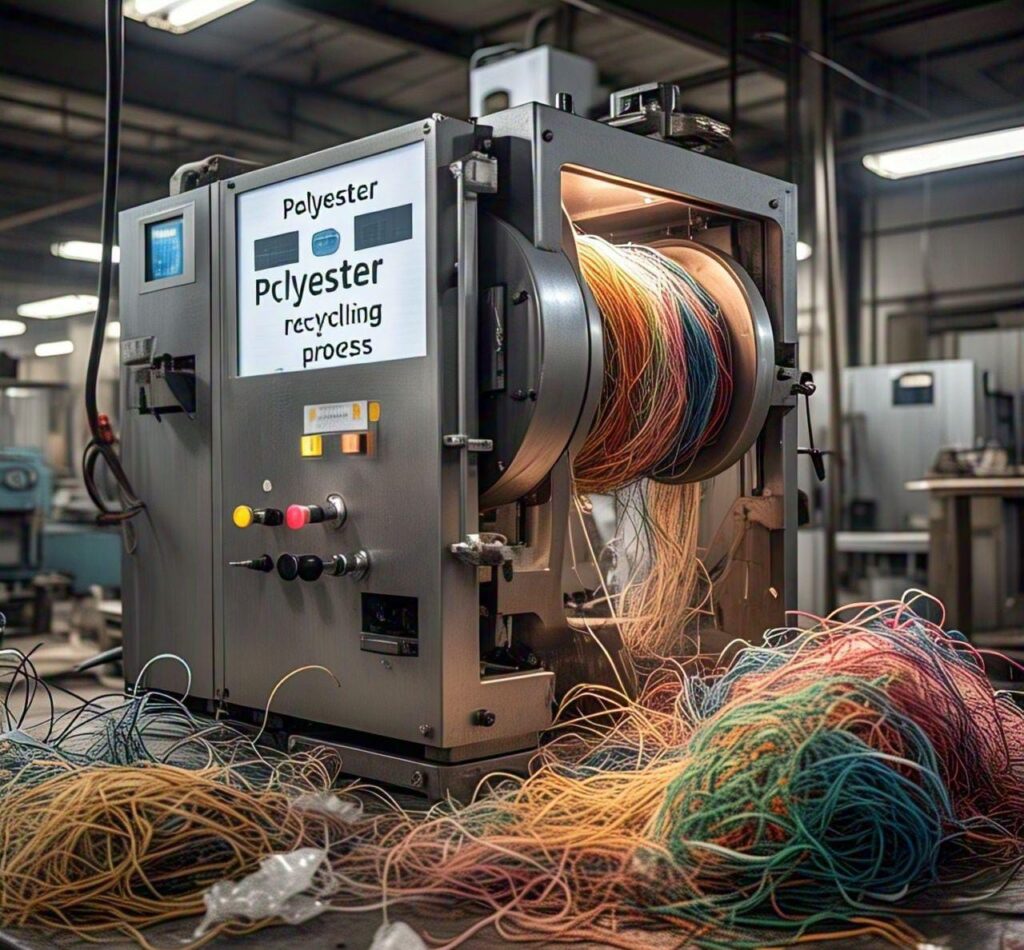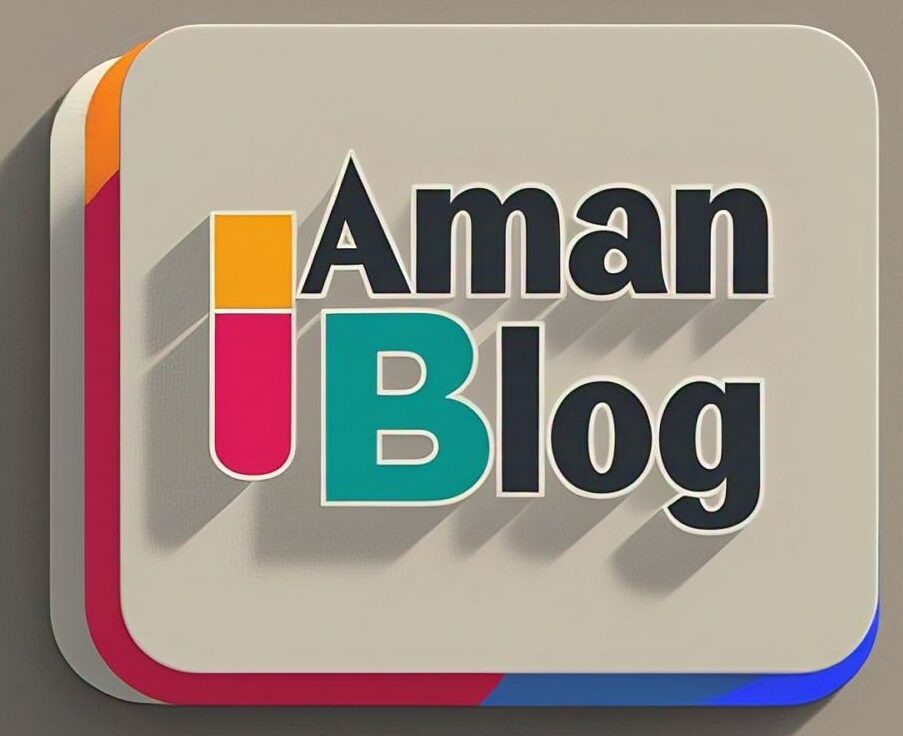Introduction
In today’s world, sustainability is more important , With the fashion and textile industries under increasing pressure to reduce waste, recycled polyester has emerged as a game-changer. But what exactly is the recycled polyester recycling process, and why should you care? This post dives into the ins and outs of recycled polyester, offering practical insights and valuable knowledge to help you understand its environmental impact and future potential.
Overview of Recycled Polyester Recycling Process
Recycled polyester (rPET) is made by transforming used plastic materials—primarily PET bottles—into new polyester fibers. This process not only reduces plastic waste but also conserves natural resources and energy. The demand for rPET is rising as brands and consumers prioritize eco-friendly alternatives.
Key Steps in the Recycled Polyester Recycling Process
- Collection: Plastic waste, especially PET bottles, is collected from landfills and recycling programs.
- Sorting and Cleaning: Plastics are sorted by type and color, then thoroughly cleaned to remove labels and impurities.
- Shredding: Clean plastics are shredded into small flakes to prepare for melting.
- Melting and Extrusion: The flakes are melted and extruded into polyester fibers or pellets.
- Fiber Creation: These fibers are spun into yarns and woven into fabrics for use in clothing, home textiles, and more.

In-Depth Review of the Recycled Polyester Recycling Process
1. Collection
The first step involves gathering plastic waste. This includes post-consumer PET bottles, industrial polyester scraps, and discarded textiles. Effective collection systems are crucial for ensuring a steady supply of recyclable materials.
2. Sorting and Cleaning
After collection, plastics are separated based on type, grade, and color. This ensures the highest quality output. Advanced sorting technologies, like infrared scanners, identify and categorize plastics quickly and accurately.
3. Shredding
Next, plastics undergo shredding, which breaks them down into small, manageable flakes. These flakes form the raw material for further processing.
4. Melting and Extrusion
The flakes are melted at high temperatures to produce polyester pellets or directly spun into fibers. This step requires precision to maintain fiber quality and consistency.
5. Fiber Creation
The final stage involves transforming the melted polyester into fibers. These fibers can be woven or knitted into fabrics for a wide range of uses, from apparel to automotive upholstery.
Benefits of Recycled Polyester Recycling Process
- Environmental Conservation: Reduces plastic waste and minimizes the need for virgin polyester.
- Energy Efficiency: Uses 59% less energy compared to producing virgin polyester.
- Lower Carbon Footprint: Decreases greenhouse gas emissions and reliance on fossil fuels.
- Durability: Offers similar strength and performance to virgin polyester.
- Circular Economy: Supports closed-loop recycling, keeping materials in use longer.
Features of Recycled Polyester
- Eco-Friendly: Reduces landfill waste and ocean pollution.
- Versatile: Suitable for fashion, home textiles, and technical applications.
- Durable: Maintains high-performance characteristics over time.
- Customizable: Can be engineered for various textures and finishes.
- Cost-Effective: Offers a sustainable alternative without sacrificing quality.
Also Read : 9 Powerful Ways Recycled Textile Materials for Sustainable Interior Design and Decor Transform
Comparative Table: Recycled Polyester vs. Virgin Polyester
| Feature | Recycled Polyester (rPET) | Virgin Polyester |
| Raw Material | Used PET bottles, textile waste | Petroleum-based resources |
| Energy Consumption | 59% less energy | High energy input |
| Environmental Impact | Reduces waste, lowers carbon output | Higher emissions, more waste |
| Durability | Comparable to virgin polyester | High durability |
| Cost | Increasingly affordable | Stable but resource-dependent |
Tips for Supporting Recycled Polyester Recycling Process Initiatives
- Choose Brands That Use rPET: Support companies prioritizing sustainable materials.
- Check Labels: Look for certifications like Global Recycled Standard (GRS).
- Recycle Properly: Ensure plastic waste goes to appropriate recycling streams.
- Advocate for Change: Encourage brands and policymakers to adopt eco-friendly practices.
- Educate Others: Spread awareness about the benefits of recycled polyester.
The Future of Recycled Polyester Recycling Process
The future looks bright for recycled polyester as innovations continue to enhance the recycling process. Emerging technologies like chemical recycling promise to improve fiber quality and expand the range of recyclable materials. As consumer demand for sustainable products grows, the industry will likely see increased investment in closed-loop systems and scalable solutions.
Conclusion: Embrace the Future of Sustainable Textiles
The recycled polyester recycling process is a crucial step toward a more sustainable future. By understanding the process and supporting eco-friendly initiatives, you can play a part in reducing waste and conserving resources. Want to make a difference? Start by choosing products made with recycled polyester and advocating for sustainable practices.
